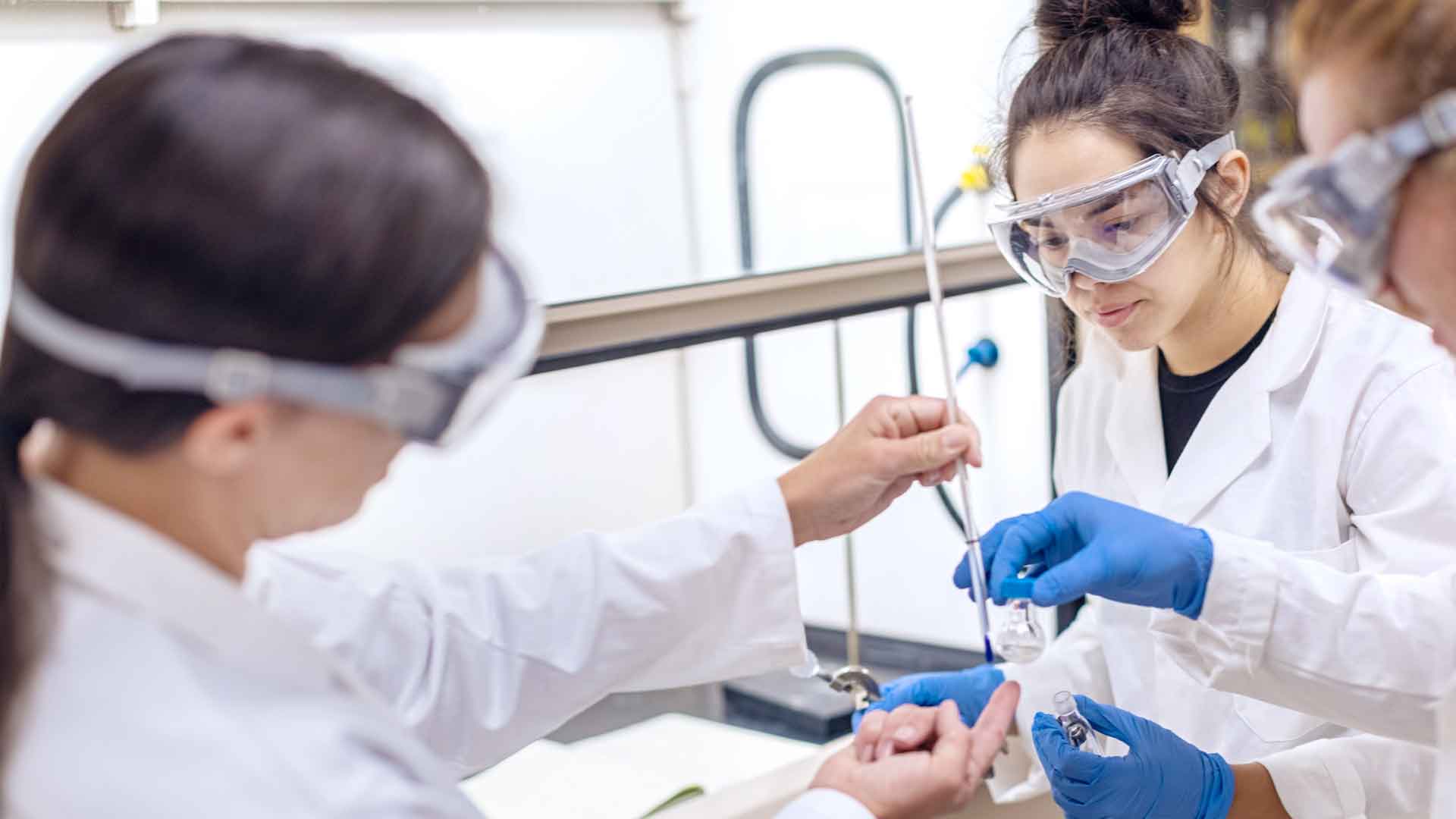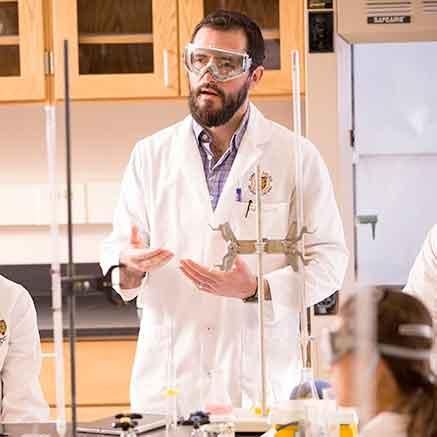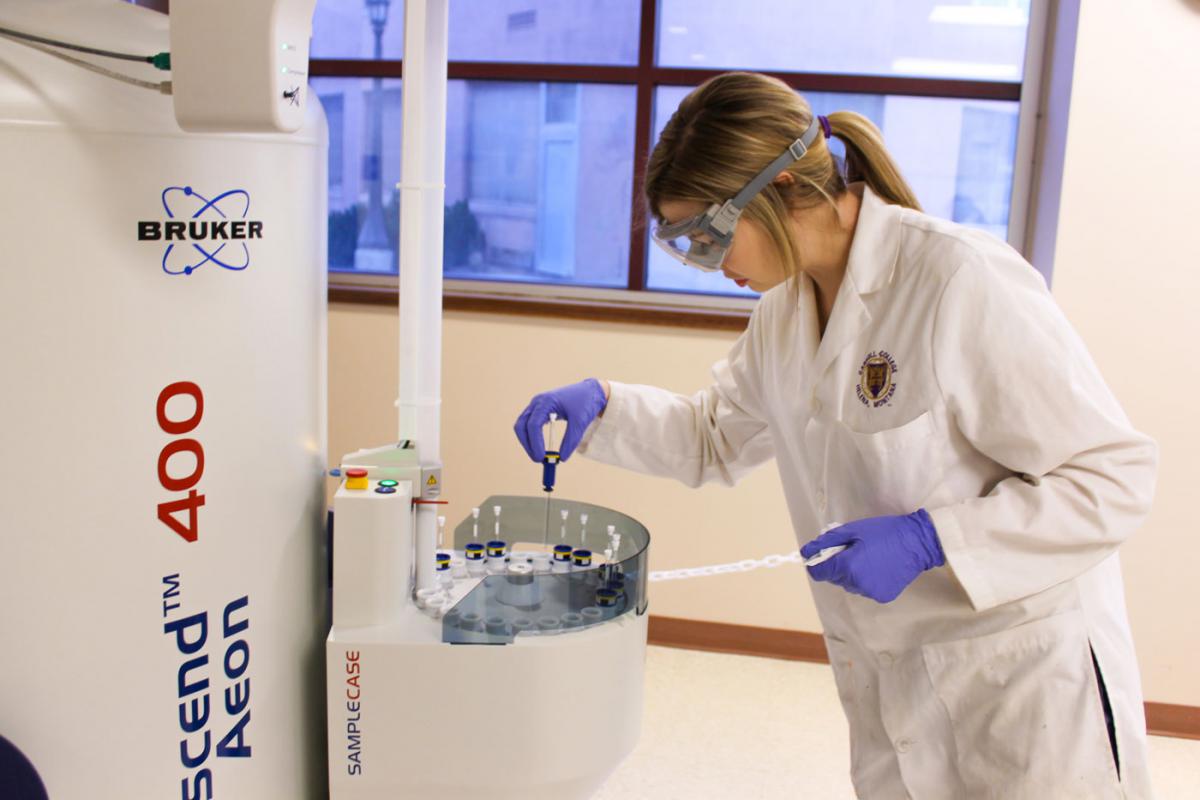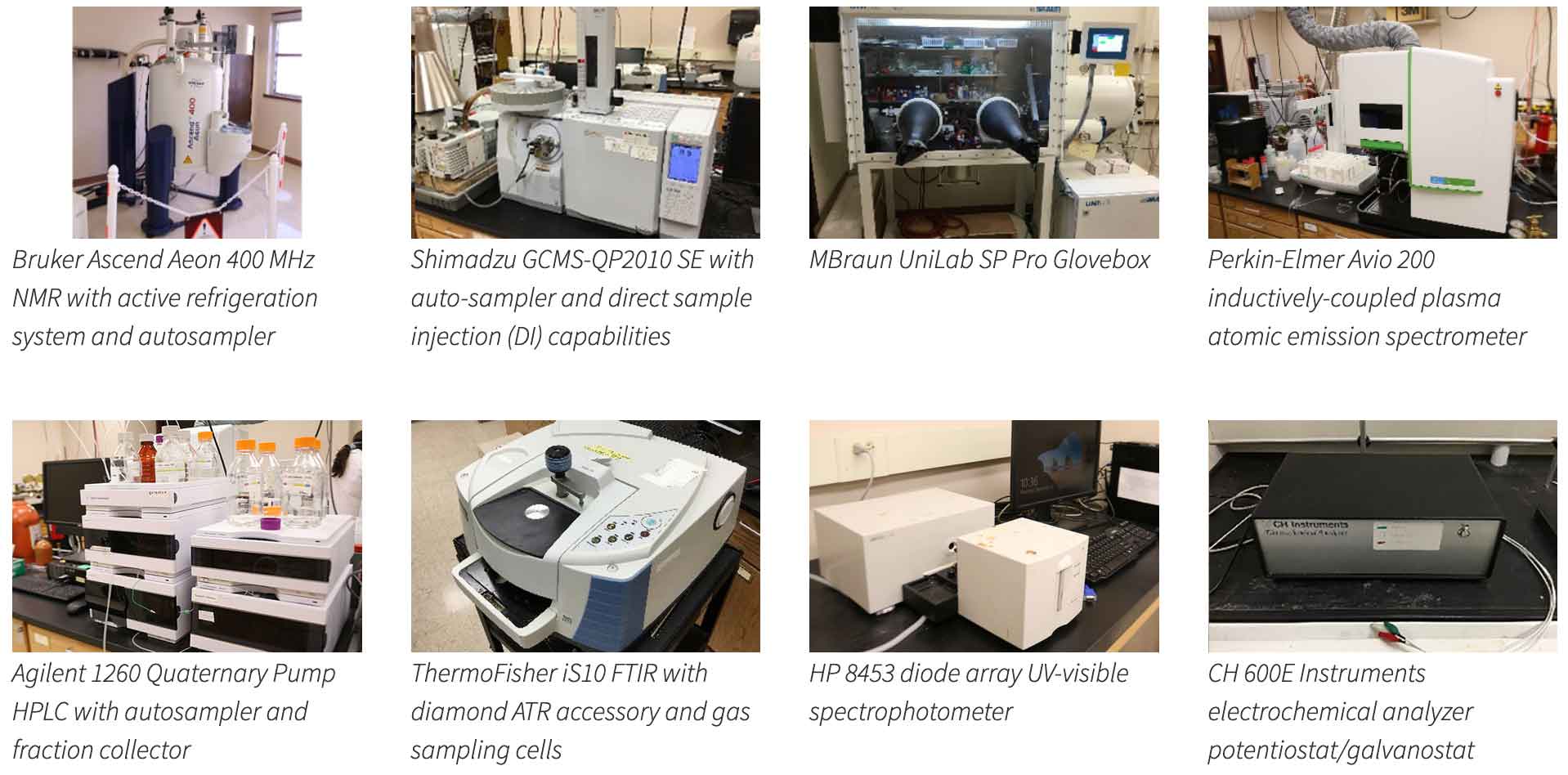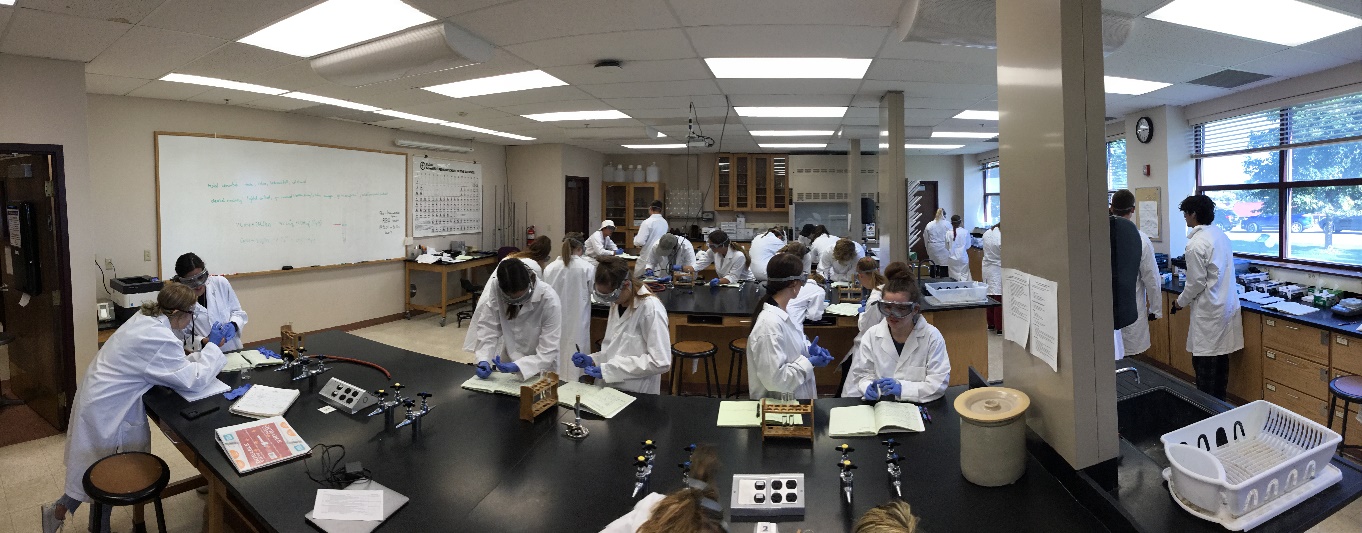It began with a vision meeting in 2010. Carroll’s chemistry department was in the midst of a new hire and Dr. Colin Thomas, associate professor and chair of the department, called a meeting to address an important question: where do we want this department to be in ten years? “One of the main ideas that came from that meeting is that we needed more involvement in open-ended chemical research,” Thomas said. “We needed to create an environment where students develop their own experimental protocols to answer real chemical questions.”
Four years and three substantial grants later, Carroll has built a state-of-the-art laboratory, commissioned cutting-edge instruments, and redesigned the chemistry curriculum. In an effort to create a uniquely innovative laboratory experience and inspire undergraduate research, the chemistry department designed a lab unlike many in the country. This past year, seven upperclassmen chemistry students participated in the department’s inaugural, year-long Integrated Lab. According to Dr. John Rowley, assistant professor of chemistry, the department agreed to strip the lab component from nearly all of the upper-level chemistry classes including physical chemistry and advanced organic and inorganic chemistry. The department then took these labs and combined them into one: the Integrated Lab, an experimental learning lab that typically meets for about eight hours each week.
“It is a less contrived environment than is typical of many undergraduate chemistry courses,” Rowley noted. “Students are no longer working on cookie-cutter type labs where they already know what the result will be.”
During the first semester of the course, each student is assigned their own unique research project. The research projects are inspired by faculty research interests and are designed to incorporate several of the subdisciplines of chemistry. The students spend four weeks on their given research project in which they create experimental objectives, develop protocols, and begin searching for answers to their newly created questions. At the end of the four-week period, the students rotate to another project and pass on their findings to the other students in the class.

